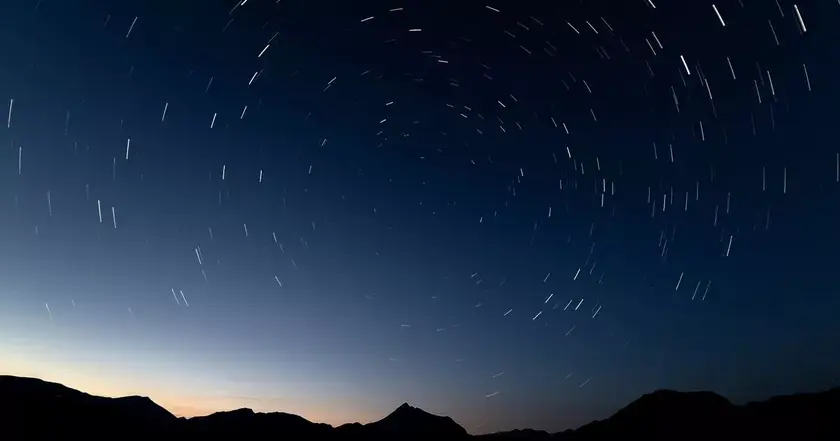T4K3.news
Dark comets challenge our view of the solar system
A Japanese mission moves toward a controversial class of objects that could change how we protect Earth and explain our oceans.
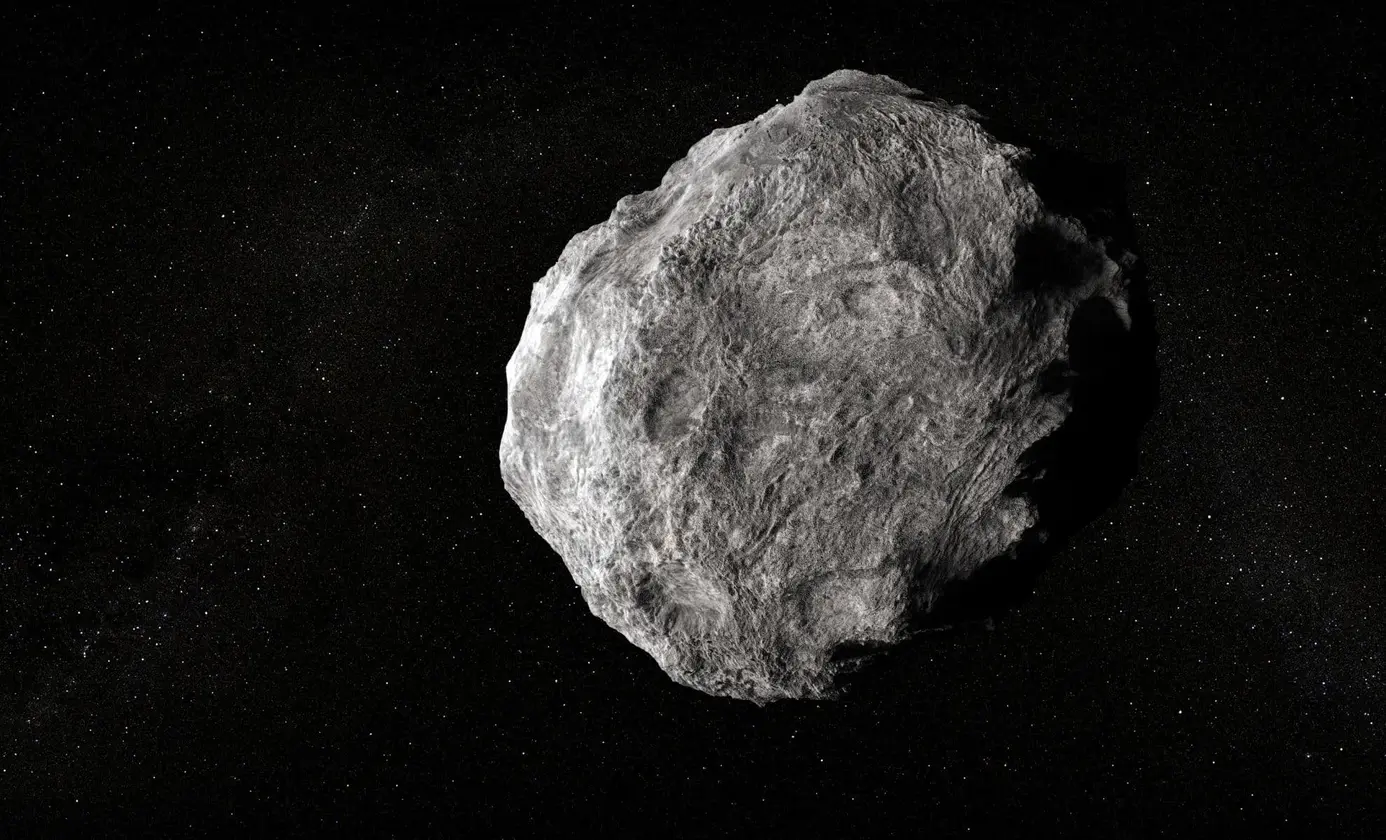
A Japanese space agency mission nears 1998 KY26 to study dark comets and their implications for Earth's oceans and planetary defense.
Dark Comets Redefine Solar System Threats
A Japanese space agency mission Hayabusa2 is on course to visit 1998 KY26, a small inner dark comet about 30 meters wide. The rendezvous is planned for 2031 and could help explain how Earth's oceans formed if some dark comets hide water ice. The concept of dark comets emerged in 2016 after observers found objects that acted like comets without visible tails. By 2024 scientists had cataloged about 14 such bodies, which now challenge how we think comets form and move.
Hayabusa2 will observe 1998 KY26 from several kilometers away to look for signs of outgassing. If sublimation is found, the team could descend closer and even fire a small projectile to reveal interior material. The mission sits within a broader effort to track dark comets with ground based telescopes and the Vera Rubin Observatory expected to discover many more. If confirmed, these objects could alter ideas about the solar system's history and may affect how planetary defense teams prepare for unexpected moves.
Key Takeaways
"It’s really exciting"
Mission manager Yuichi Tsuda comments on Hayabusa2’s assignment coincidence
"If we can't detect these objects correctly, we will not be able to know if they're going to hit us"
Aster Taylor on detection challenges
"Dark comets could rewrite our understanding of the solar system’s formation"
Editorial note on the study’s potential impact
Two families of dark comets appear in the research. Outer dark comets or outies are larger and found on orbits near Jupiter, while inner dark comets or innies are smaller and stay close to the inner solar system. The idea that the inner group can show acceleration while staying warm from the Sun hints at hidden ice beneath the surface. If innies are the remnants of outies, or if they are main belt comets with little ice, it changes how we see the delivery of water to Earth.
These questions matter beyond science. The stakes touch on defense planning, space policy, and even how the public perceives risk from space. The story reminds readers that simple, tidy explanations rarely hold for the solar system. Journalists and scientists must explain uncertain results carefully and share data openly to avoid sensational headlines and misplaced fear.
Highlights
- Dark rocks that act like comets without tails
- Hidden ice might be the key to oceans on Earth
- The solar system keeps surprising us with new objects
- Detection becomes power when space stays quiet
Planetary defense funding and public reaction risk
The piece touches on policy and budget implications around detection and mitigation of space threats. It could spur debates about how much to invest in research and data sharing, and may provoke concern or misinterpretation about imminent danger.
The search for dark comets pushes science toward deeper questions about what hides in the dark corners of the solar system.
Enjoyed this? Let your friends know!
Related News
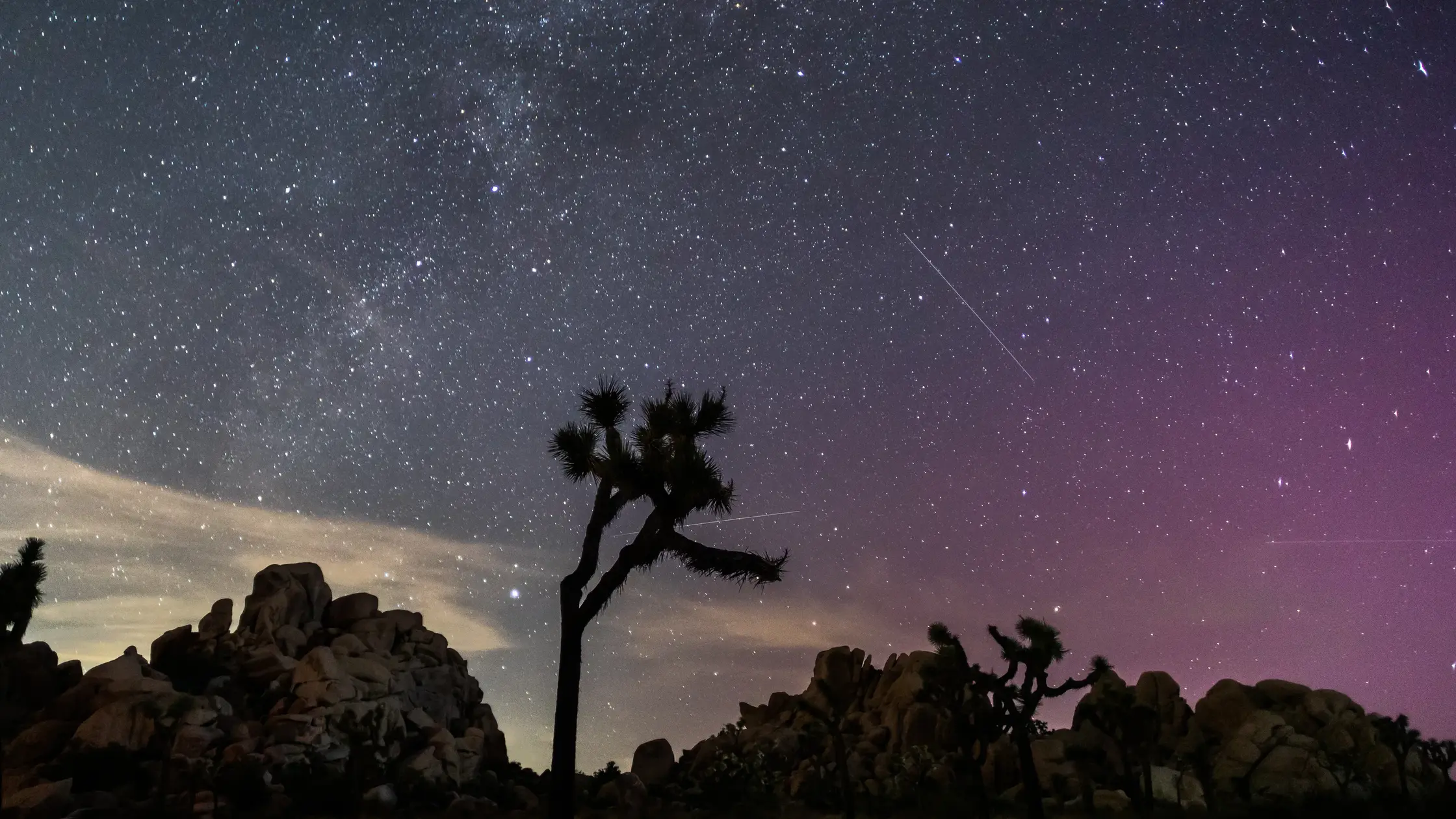
Perseid peak nears as moonlit skies challenge visibility
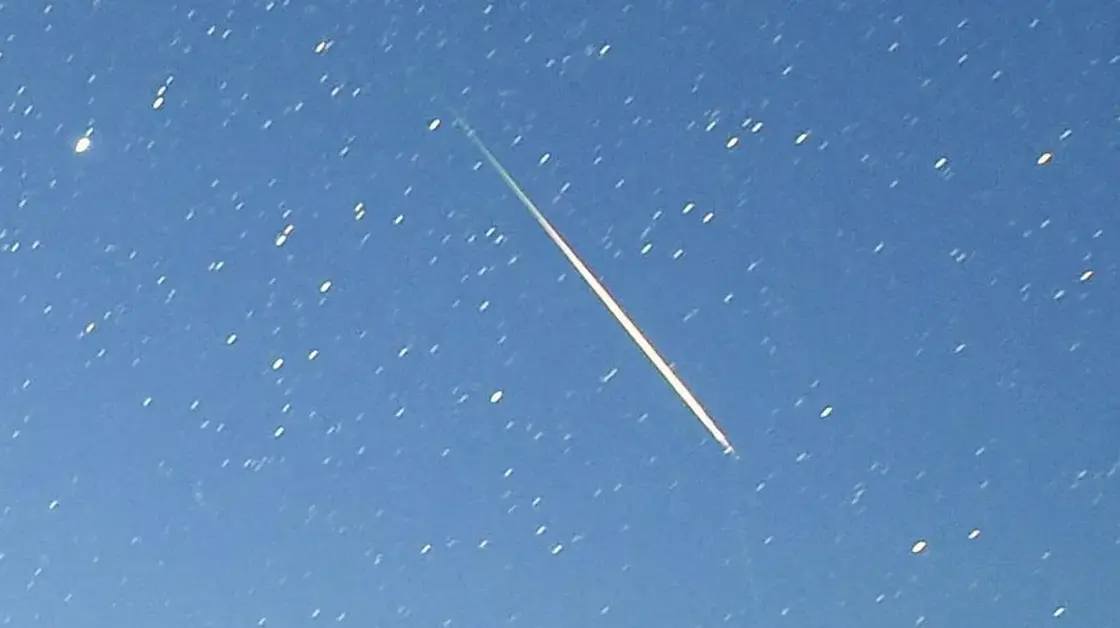
Perseid meteor shower peaks next week
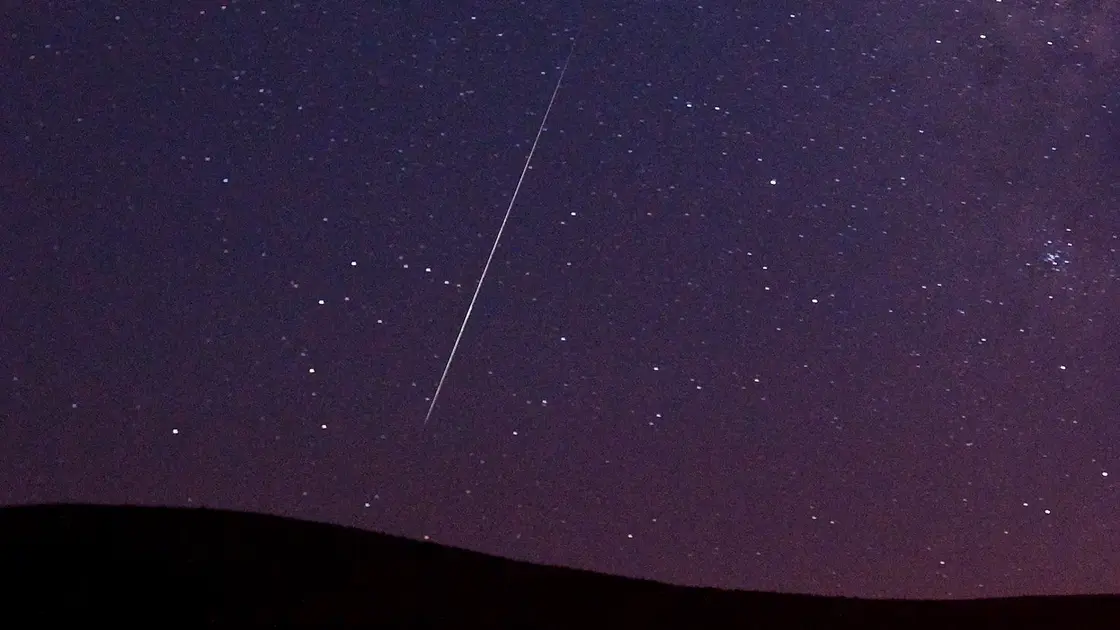
Perseid Meteor Shower Starts Soon
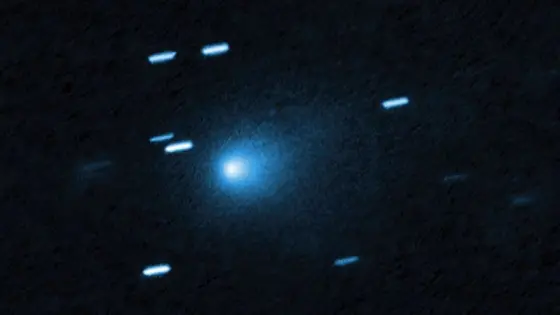
Hubble reveals interstellar comet 3I/ATLAS in stunning detail
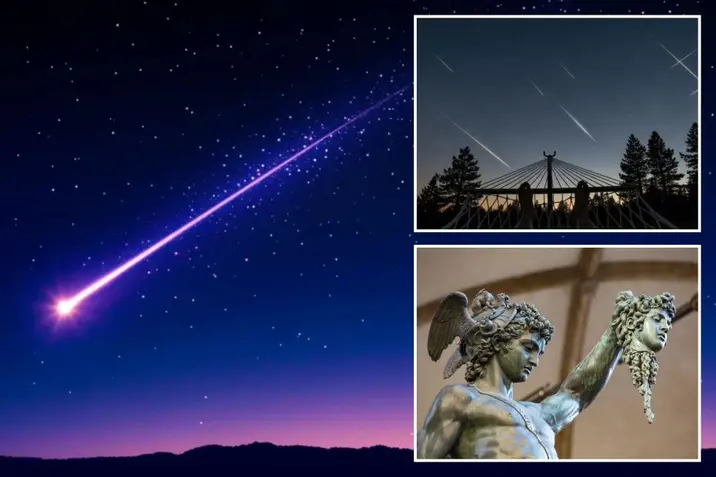
Perseid meteor shower set for 2025 viewing
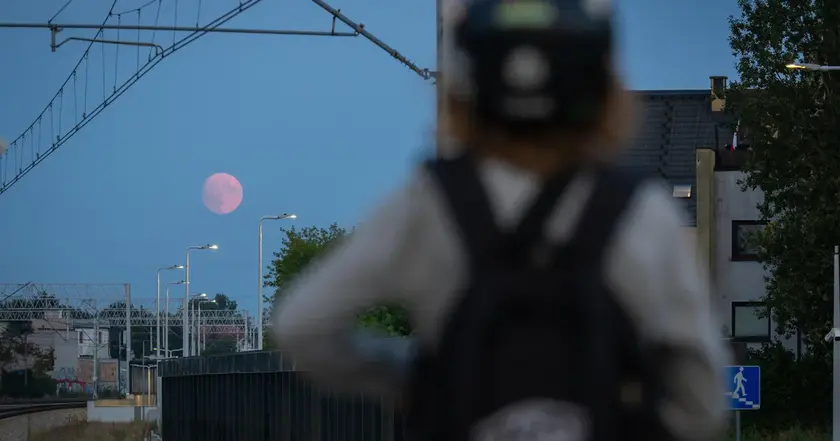
Perseids peak next week
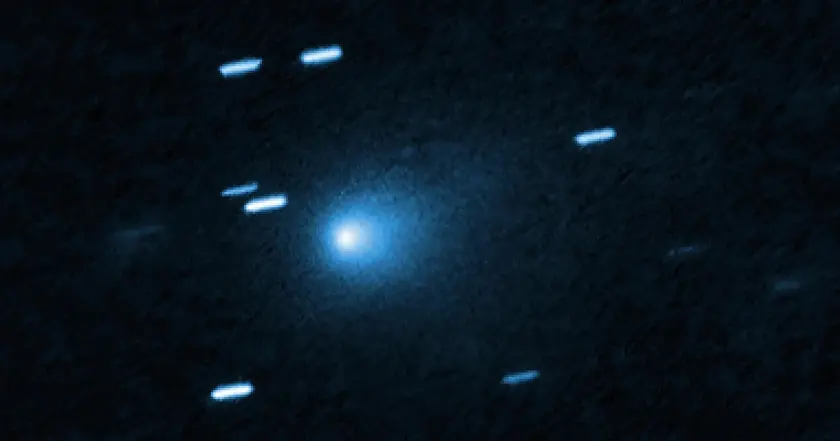
Hubble captures interstellar comet Atlas
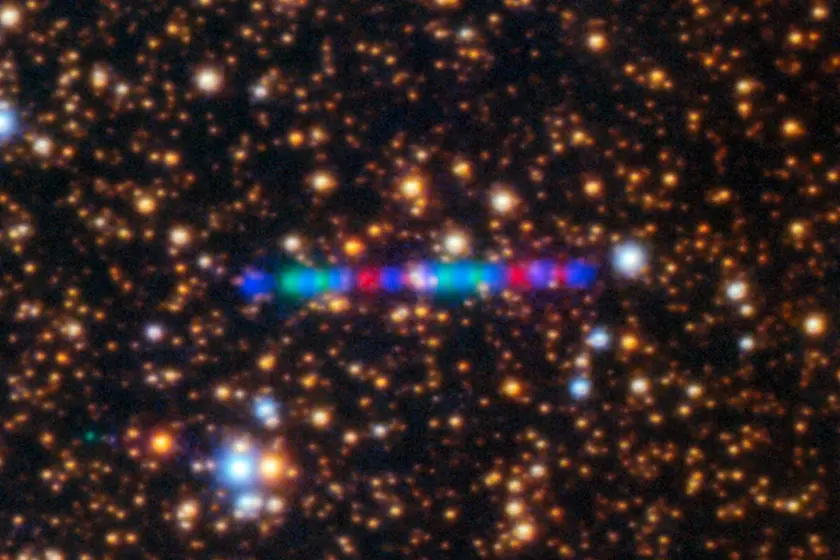
Gemini North images interstellar comet 3I/ATLAS
